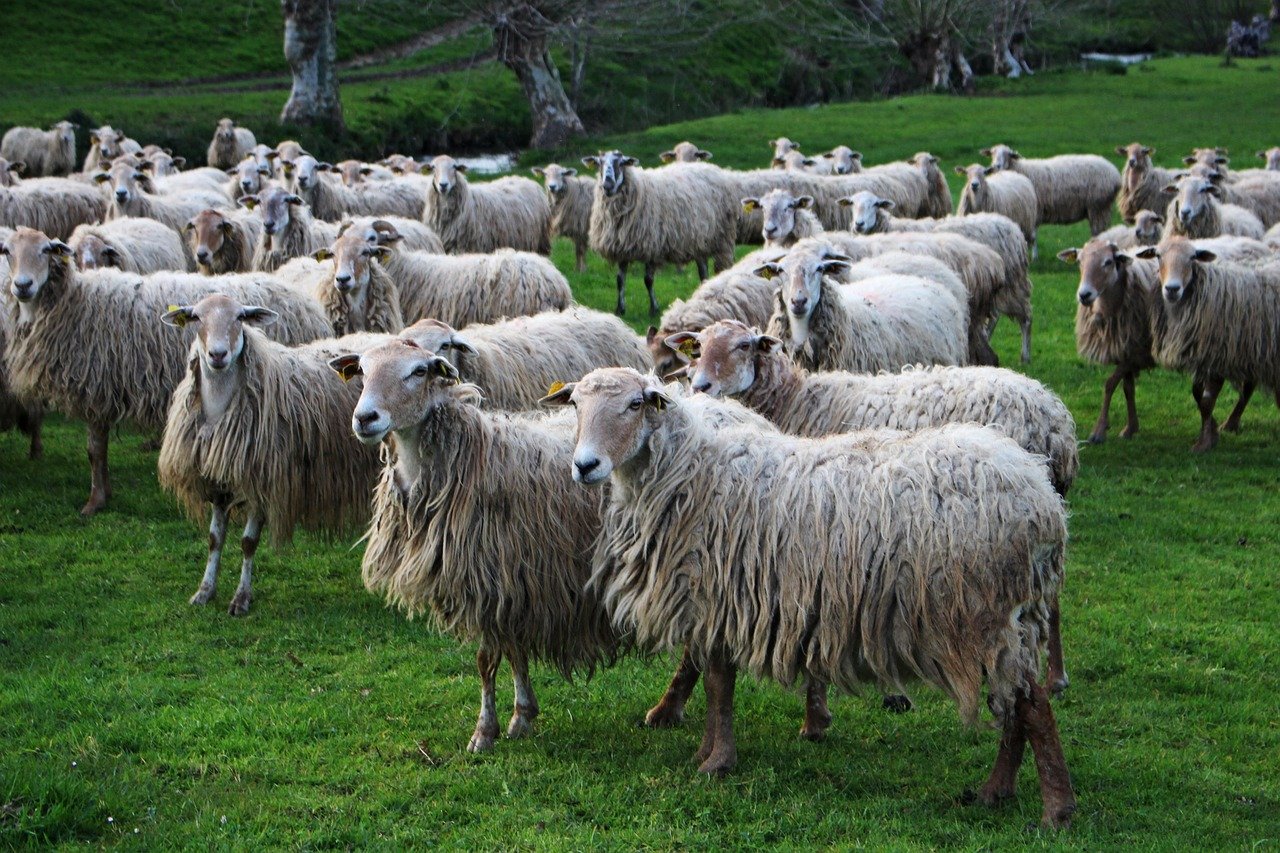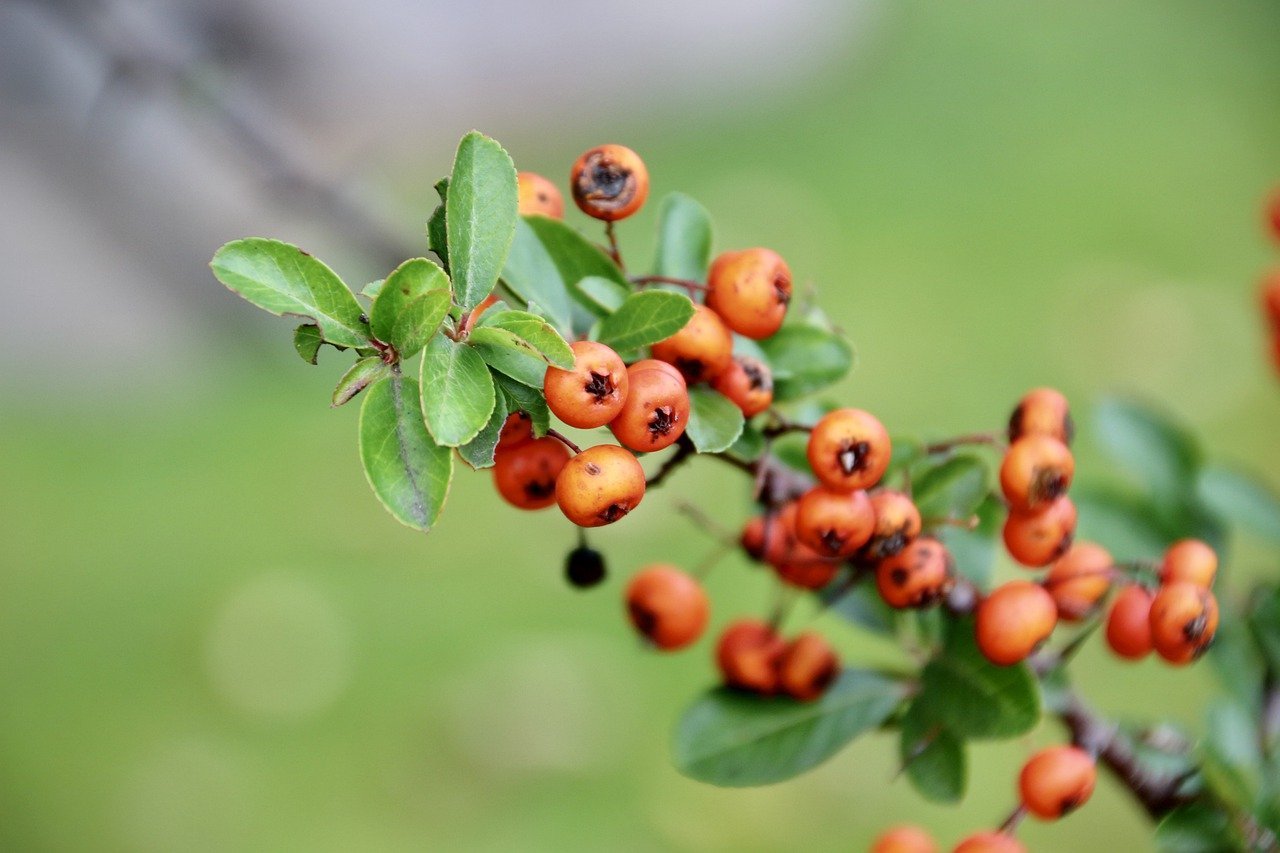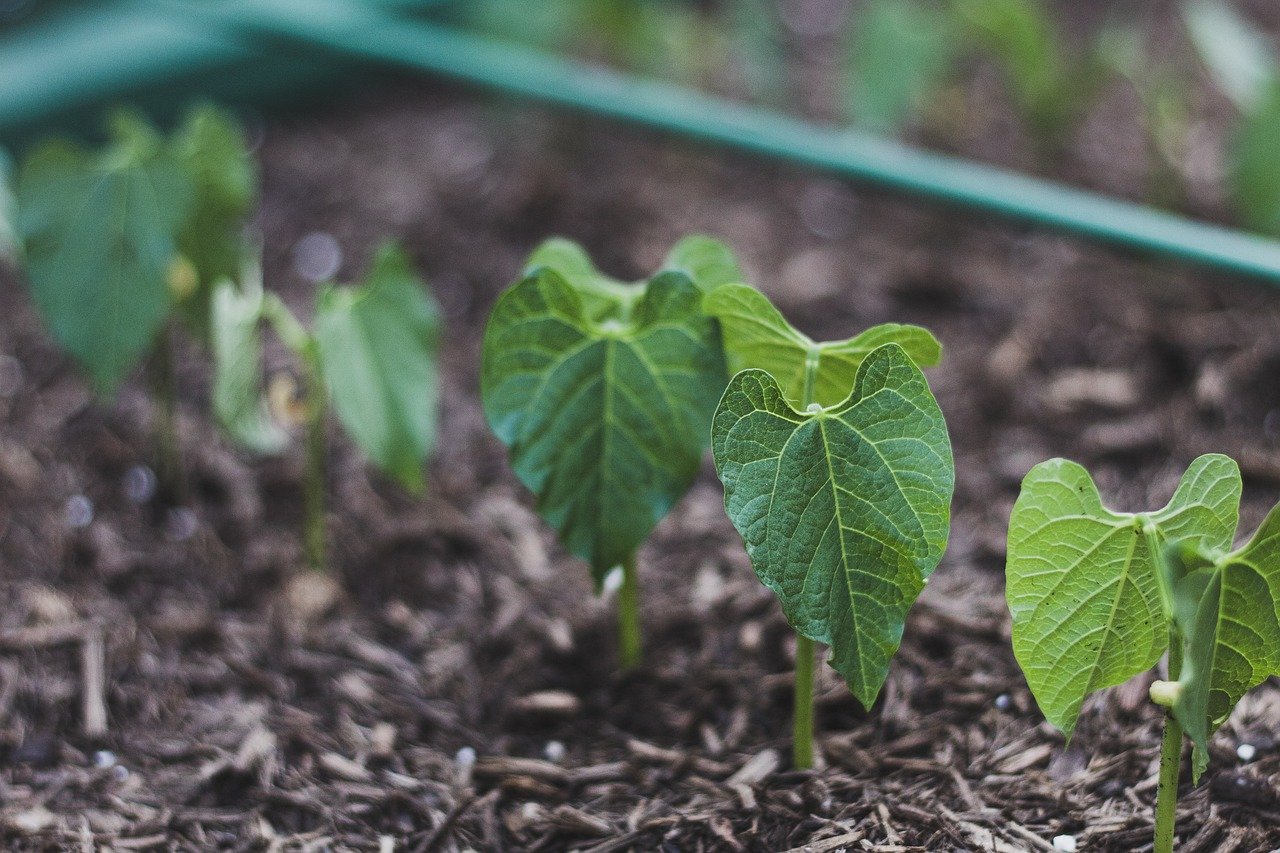Contest| "Living in the Agricultural World #7"
4 comments
Hello Everyone.
I'm @mamun442390
From #Bangladesh
Thank you for inviting me to take part in the panel discussion entitled "Living in the Agricultural World #7" for Everyone?” organized by @ninapenda in #Steem-Agro.
Agrarian economics is a subfield of economics which looks into the application of economic principles to issues in the agriculture sector. It involves analyzing the production, distribution, and consumption of agricultural goods and services, as well as studying the relationships between agricultural markets, policies, and the broader economy. Agricultural economists study factors such as farming techniques, land use, agricultural inputs, market trends, government policies, and environmental impacts to make informed decisions and recommendations aimed at maximizing the efficiency and sustainability of agricultural production systems.
A subsistence farm is a type of farming where its sole purpose is to generate sufficient food for the farmer and their household members only. This type of farming typically involves small plots of land and simple tools and techniques, focusing on meeting the basic needs of the household rather than generating a surplus for sale. Subsistence farming is believed to have originated around 12,000 years ago when humans transitioned from a nomadic hunter-gatherer lifestyle to settled agricultural communities during the Neolithic Revolution. This shift marked a significant turning point in human history by allowing for more permanent settlements and the development of civilizations.
We can improve agriculture by promoting sustainable farming practices, implementing precision agriculture technologies, improving access to education and resources for farmers, developing climate-resilient crop varieties, reducing food waste, and supporting local food systems. Adopting practices such as agroecology, contour farming, and organic food production techniques will help to improve soil quality and ecological diversity. Lastly, investing in research and innovation for efficient water management and reducing the use of pesticides and fertilizers can lead to a more sustainable and productive agricultural system.
Essentially, the very first step in the life cycle of a bean plant entails planting a seed in soil meant for growing. The seed germinates, sending a shoot upward and roots downward. The shoot grows into a stem with leaves, while the roots continue to grow deeper into the soil to anchor the plant and absorb water and nutrients. The plant then flowers and after a while the flowers are pollinated and pods, with seeds in them, are formed. These seeds can then be harvested for consumption or used to grow new bean plants, completing the life cycle.
Invite my three friends. @abdulmukit @tammanna @meheruntinni
Thanks All.



Comments